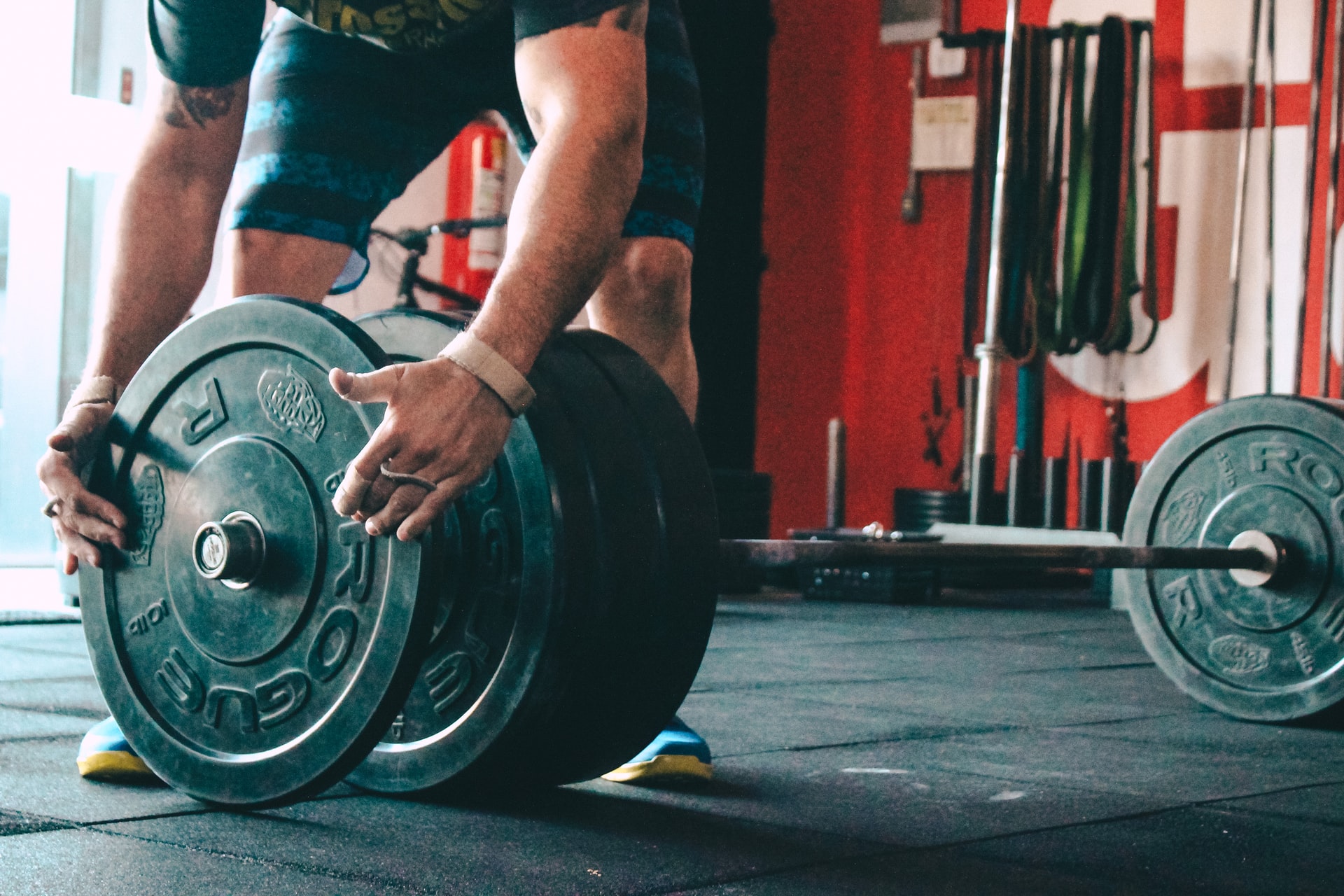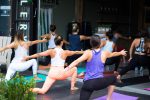To those who do not regularly visit the weight room at their local gym, those who inhabit it are easy to group into a single, stigmatized monolith. When you peer into the rubber floored and heavily mirrored space that so many people refer to as their “church,” the hulking man on the bench press is no different than the girl performing box squats. When you catch a glimpse of the guy staring at his bicep as he curls a dumbbell, you assume it is merely a product of probable narcissism. All of these people, to the untrained eye, are merely one-in-the-same gym rats.
However, the motivations behind those who spend their early mornings and late evenings lifting iron for the sake of lifting iron are as varied as the backgrounds they come from. Self-proclaimed powerlifters, Olympic weightlifters, bodybuilders, CrossFitters and strongmen all call the gym a second home — and each title brings with it a vastly different goal, method and lifestyle.
“I Want To Look Like Arnold”
Bodybuilding is the most recognizable of the weightlifting regimens, and it’s clear why. It seems like everyone wants to look like the professional bodybuilders that grace our screens through television, movies and general entertainment. The insane physiques of individuals like Arnold Schwarzenegger and Dwayne “The Rock” Johnson capture the awe and imagination of even those who have no vested interest in the sport.
Bodybuilding, at its core, is the pursuit of the “perfect” physique. Because this notion means different things to different people, the crowd bodybuilding attracts is wide. From college students to blue-collar workers, the draw of sculpting one’s own body is something many can align with.
To the most serious of bodybuilders, it is a doctrine that dictates nearly every facet of their life. Unlike other forms of weightlifting, bodybuilding demands extreme discipline in what you consume, as not consuming enough lean protein or eating too many carbohydrates can compromise an entire month’s worth of progress in the gym.
You can find dedicated bodybuilders eating numerous times a day out of microwaved Tupperware containers that were prepared a week in advance and planned months before. Due to the need to train individual muscles to ensure a symmetrical physique, bodybuilders are often in the gym four to five times a week, if not more. This rigid adherence to diet and exercise makes bodybuilding one of the more all-encompassing lifestyles one can pursue within the weight training world.
The Pursuit of Power
Powerlifting may be the farthest thing from bodybuilders within the gym. While bodybuilders are more concerned about physique and aesthetics, powerlifters are only concerned about one thing: how much weight they can move.
How much you can squat, bench press and deadlift are the only things that matter to a powerlifter. This narrow focus means that, unlike bodybuilding, less time is needed at the gym, at least in regards to the number of days spent there a week. However, powerlifting still requires extensive planning and discipline, as those who take the sport seriously spend hours meticulously looking for that edge that will allow them to lift those few extra pounds.
That’s not to say powerlifters don’t spend large amounts of time at the gym. Elongated amounts of rest are needed between sets (the cycles in which you perform an exercise) because of the sheer effort needed to lift the weight on the bar. As such, powerlifters can often be seen taking hours at the gym while only doing a handful of sets of a given exercise. This is a running joke in the weight training community, as bodybuilders and Olympic weightlifters will poke fun at how powerlifters “set up camp” at a given squat rack or deadlift platform for hours at a time.
Powerlifters are also known for their body type, as they don’t fit the typical image of fitness. They have no need for aesthetically pleasing muscles, instead sporting large stomachs and overall more fat on their body. This is generally on purpose, as many powerlifters consume massive amounts of calories in order to leverage their body weight against the weight they’re trying to lift. Of course, this is not true of all powerlifters — many still maintain a low body fat percentage in order to make lower weight classes for competition.
The One You See on T.V.
While bodybuilding and powerlifting focus on slower, “weight-centric” exercises, Olympic weightlifting is a much more dynamic and athletic form of weight training.
Olympic weightlifting, commonly referred to (confusingly) as just “weightlifting,” gets its modern-day namesake from the fact that it is the only form of weightlifting that is featured at the quadrennial Summer Olympics.
Much like powerlifting, the only thing that matters is how much you can lift in its two principle lifts: the snatch and the clean and jerk. These exercises require individuals to lift and hold a loaded barbell above their head, with the use of explosive movements to get it there. Due to the ballistic nature of the lifts performed, Olympic weightlifting is one of the most entertaining and exciting doctrines of weight training to watch, especially to non-lifters.
With these explosive movements come dangers, as Olympic weightlifters have the highest risk of injury out of all weightlifting methods. Torn rotator cuffs and dislocated knees are par for the course.
Olympic weightlifting often incorporates powerlifting methods within its training. Many times, you will see powerlifters and weightlifters occupying the same area in the gym, discussing overlapping training tips due to the similar mindsets of both sports.
The Church
Regardless of what methodology an individual subscribes to, those who spend hours in the gym every week share a respect for one another. While their goals may be different, bodybuilders, powerlifters and weightlifters all recognize the dedication each puts into their respective craft.
No weightlifting form is isolated, either. Each discipline borrows from the others. A bodybuilder might ask a powerlifter for help with lifting form. An Olympic weightlifter may inquire of a bodybuilder about shoulder-strengthening exercises. Everyone within the gym, regardless of their end goal, is there to help each other better lift the heavy hunks of iron that many dedicate their time to. The “Church of Iron,” as many self-proclaimed gym rats call it, is a place to grow not just muscles, but as a person as well.

















